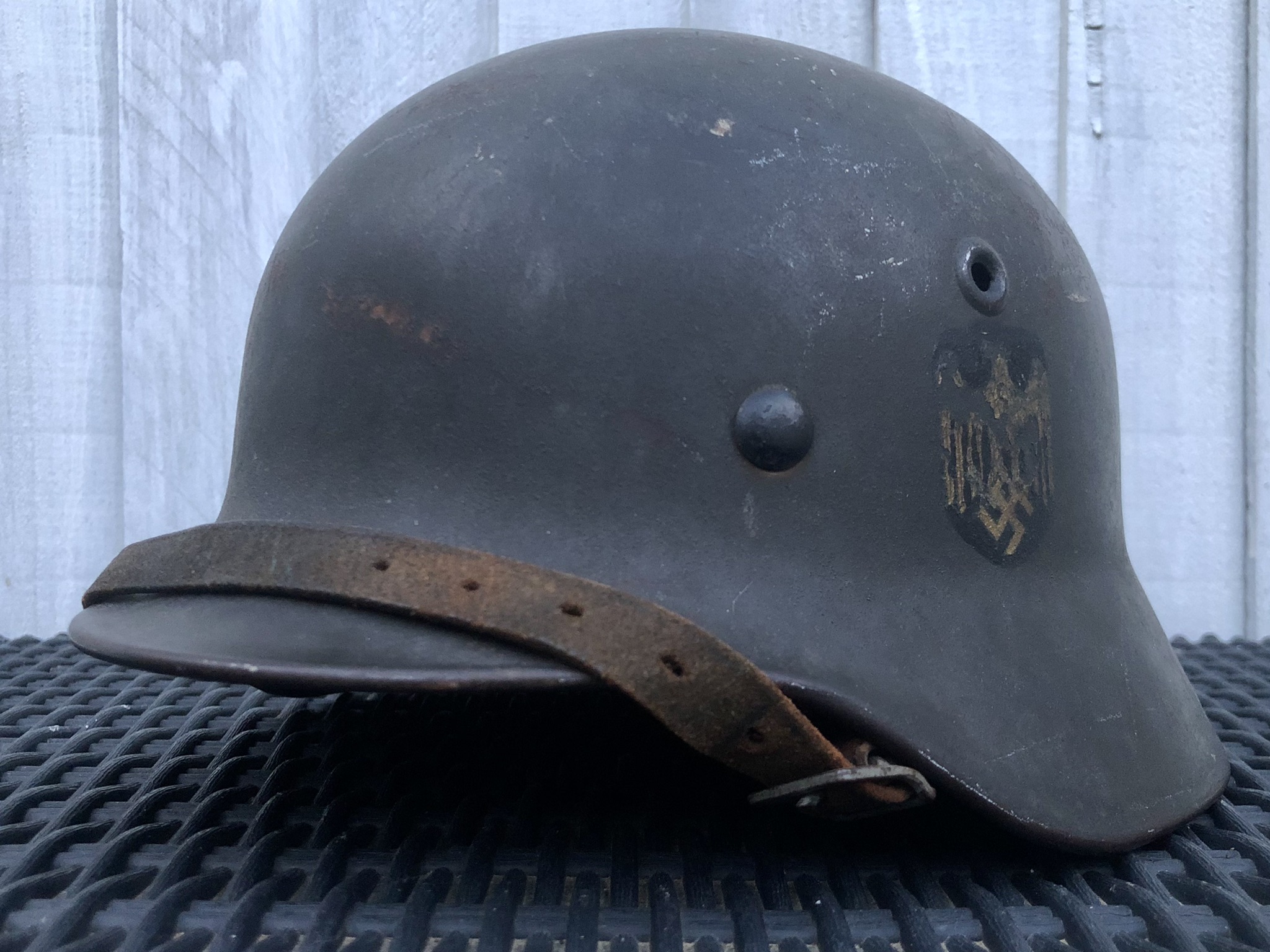
How To Start A War Memorabilia Collection
Read Count : 296
Category : Blogs
Sub Category : Miscellaneous
You might want to start your own collection of military memorabilia if you enjoy history. If you are fascinated by the military and its role in history, collecting artifacts and memorabilia is a great way for you to personalize history in a meaningful way. Start your search for World War II memorabilia at estate sales. Beginner’s advice If you want to start collecting, here are some starting points for you. Military memorabilia, also known as militaria, is a broad subject. One or more of the categories includes watches, insignias, buttons, medals, buttons, and headgear. Both on base and in the field, soldiers used these supplies. Wartime home-produced posters, memoirs, letters, and postcards provide a different viewpoint on the subject of warfare. Trench art is a more private form of male combat expression. It was common for soldiers and prisoners of war to paint, carve, etch, or draw on anything that was available as a way to get rid of their boredom, fear, and anger. Soldiers created belts and embroidered badges as entertainment while they were healing from their wounds. Very personal glimpses into the lives of soldiers are offered by these touching mementos. The collectible category of weapons is also incredibly popular. Along with actual weapons, accessories like ammo, tools, manuals, holsters, and cartridge belts are also very sought-after. Because this topic is so broad, it is best to concentrate on a single aspect of military memorabilia. If you have a favorite period or area, keep your collection to that area. Giving yourself a starting point, such as purchasing World War II memorabilia or to be more specific a Nazi helmet collection, allows you to concentrate on one aspect. How to advance You can always diversify as your knowledge expands. Artifacts and memorabilia frequently have a personal history attached to them. Your hobby will become more interesting and challenging if you learn who owned a specific item, why and how it was made, and the specifics of the design. There are many tools available to help you with your research, such as books, directories, and organizations. Among them are the American Society of Military Insignia Collectors (ASMIC), the Orders and Medals Society of America (OMSA), and the Association of American Uniform Collectors. Conclusion Make sure an artwork or ww2 German helmet is genuine, marketable, and in good condition before you purchase it. You will learn as your collection expands which field personnel you can trust and how to develop your own radar for spotting valuable items amidst trash.
Comments
- No Comments

